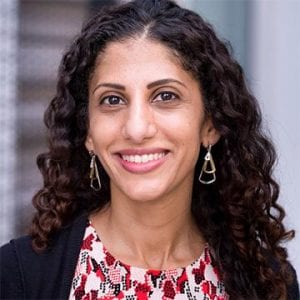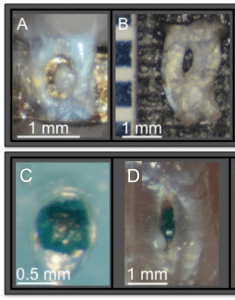 A Gel Based Scaffold for Repair of Tendon Injuries
A Gel Based Scaffold for Repair of Tendon Injuries
Faculty Director: Nelly Andarawis-Puri
Department: Sibley School of Mechanical and Aerospace Engineering, Cornell University
Project Description
Tendon tears are common musculoskeletal injuries that affect over 30% of the general population. Tendons are load bearing structures that regularly transmit very large forces from the muscle to the bone to allow joint motion with stability. Consequently, tendon injury can be devastating with significant impact on quality of life. Tendon injuries are particularly problematic because they heal without restoration of the pre-injury structure. Failure of healing tendons to restore the functional structure leads to progression of injury and high incidence of re-tear after surgical repair. Scarless tendon healing, with restored native tissue properties, could improve surgical outcome or eliminate the need for surgical repair altogether.
One promising approach to promote improved healing in tendon injuries is through augmentation with a tissue engineered scaffold. The design criteria for these scaffolds range widely and consequently, their effect of healing is also quite variant. For instance, a gel based scaffold many not be as mechanically strong as polymer-based composite scaffold but may be more aptly conducive to promoting cell proliferation and migration in a particular healing environment. Furthermore, since cells behave differently based on the mechanical properties for their environment, the stiffness of the scaffold can be controlled as a design criteria, which would be a way to modulate cell behavior. Alternatively, a gel scaffold can be used to encapsulate a particular protein of interest for release at the wound cite as a therapeutic, suggesting that how much protein can be encapsulated and its release rate would then drive the scaffold design.

In 2019, the CURIE program explored the mechanics of tendon injuries using tendons from chickens. A defect was created to drive the design of gel-based scaffolds. The student rotated through 5 labs throughout the week. The lesson plan is summarized below.
Specific labs included:
Lab 1: Tendon harvest and gel fabrication
Lab 2: Comparison of mechanical properties of native tendon and fabricated gels
Lab 3: Assessment of the effect of gel stiffness on cell behavior
Lab 4: Optimizing gel properties for maximal protein encapsulation (and release)
Lab 5: Histological assessment of the effect of gel properties on new matrix formation
